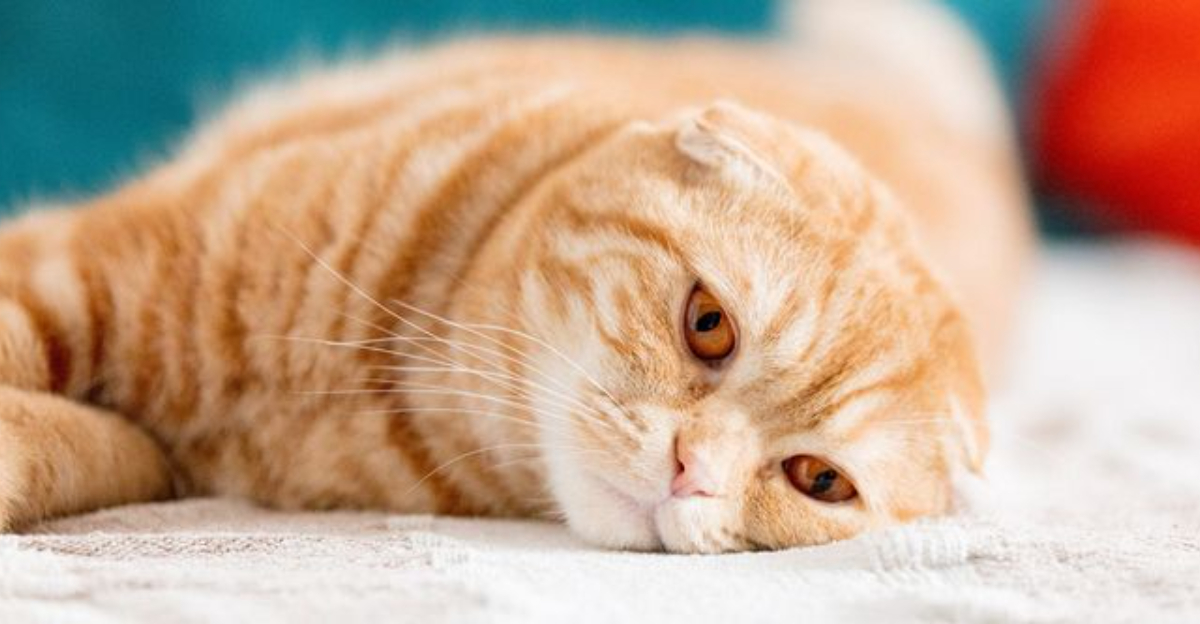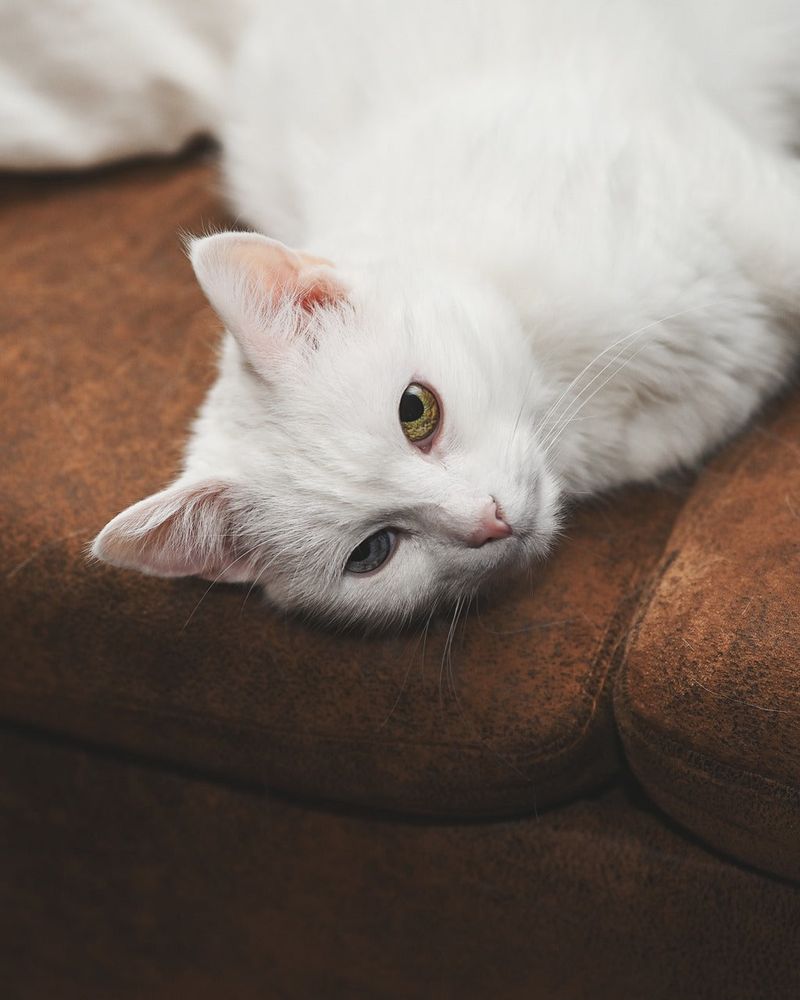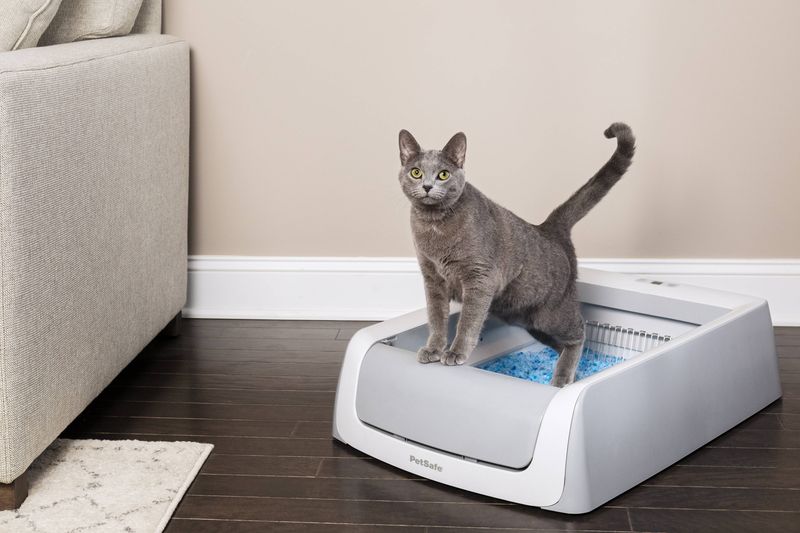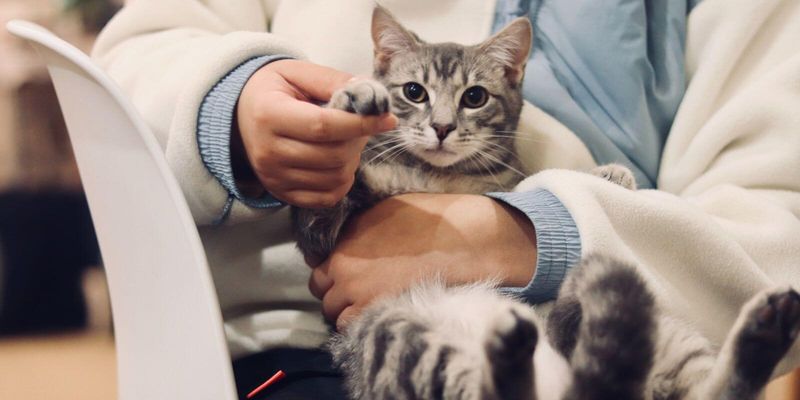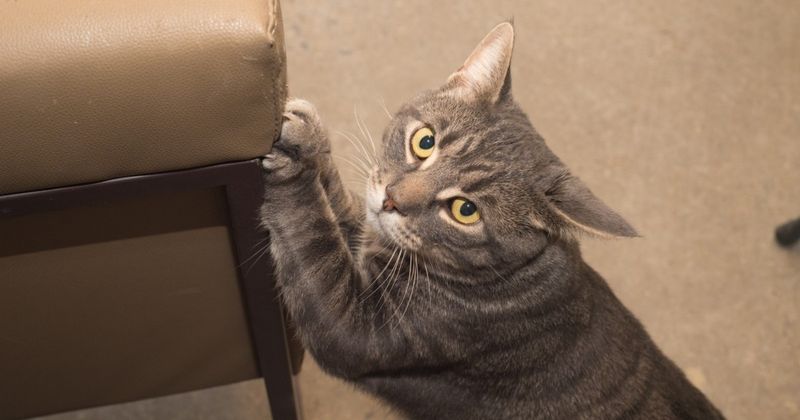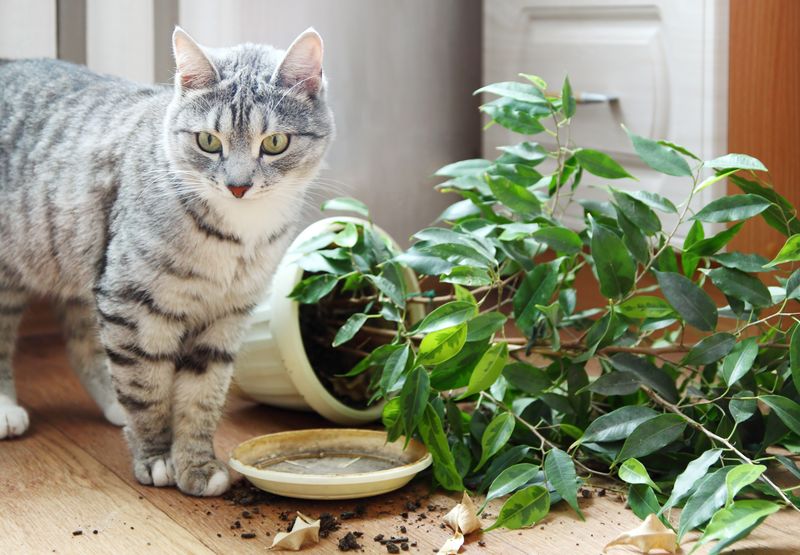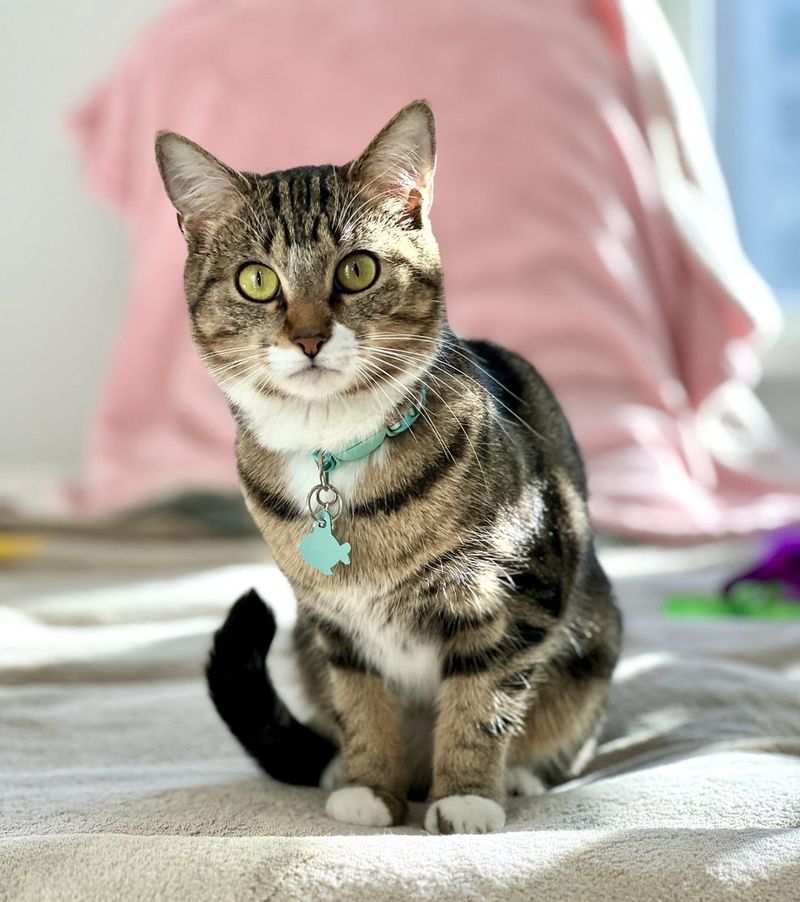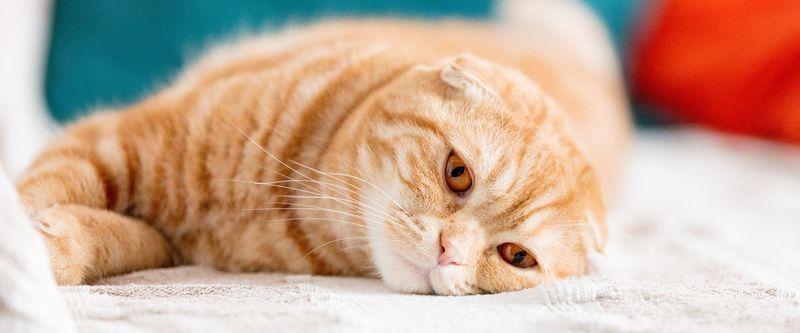📖 Table of Content:
Sharing a home with a cat can be a deeply rewarding experience, filled with affection and unexpected moments of humor. Their playful antics and quiet companionship bring a unique warmth to everyday life. Yet, life with a feline isn’t always as peaceful as their naps suggest.
Beneath the charm lies a creature with strong opinions, unpredictable moods, and a tendency to ignore rules entirely. From 3 a.m. zoomies to sudden swats of disapproval, cats have a way of keeping their humans on edge. These quirks, while often amusing, can sometimes leave even the most patient person mentally exhausted.
Understanding feline behavior takes time, observation, and a healthy dose of humility. The bond between cat and human is built on subtle cues and mutual respect, rather than commands and obedience. Even with the challenges, the connection forged is one that many find irreplaceable.
1. 3 AM Zoomies and Sleep Disruption
Night owl felines transform into energetic missiles precisely when you’re in deep sleep. That sudden thump followed by rapid paw-steps across your bedroom floor becomes a regular soundtrack to your nights.
Sleep deprivation accumulates as your cat establishes its nocturnal routine, leaving you bleary-eyed during morning meetings. Some cats even develop the uncanny habit of face-patting their humans awake for food or attention.
Many owners report feeling like zombies after weeks of interrupted sleep, yet they still smile when their cat finally settles down, purring beside them as dawn breaks.
2. The Litter Box Lottery
Managing cat waste becomes a daily ritual that tests your commitment. Finding the perfect litter location, type, and cleaning schedule feels like solving a complex equation where the variables constantly change.
Cats protest subpar conditions by leaving “presents” exactly where you’ll step barefoot. The mental load of remembering to scoop daily, change litter weekly, and deep-clean monthly never disappears from your mental to-do list.
Even worse is the dreaded moment when guests arrive and you suddenly wonder if your home smells like a litter box despite your best efforts.
3. Mysterious Health Worries
Cats excel at hiding illness until problems become serious, creating constant worry for attentive owners. That slight change in behavior – less jumping, quieter meows, or unusual hiding – triggers immediate concern.
Veterinary visits often involve detective work as you try to describe subtle symptoms to professionals. Your cat, naturally, behaves perfectly normal at the vet’s office, making you question your observations.
Between unexpected vet bills and trying to administer medication to an unwilling feline, health concerns create significant mental strain. You’ll find yourself analyzing every hairball, monitoring water intake, and googling cat symptoms at midnight.
4. Furniture Destruction Acceptance
Watching your beautiful couch slowly transform into frayed fabric strips tests your attachment to material possessions. Despite providing multiple scratching posts, your cat somehow prefers your expensive furniture.
The internal struggle is real – do you interrupt natural behavior or surrender your home décor? Most cat owners eventually develop a unique aesthetic called “cat-friendly minimalism” where nothing nice remains at paw-level.
Guests notice claw marks on your furniture while you’ve become blind to them. The mental gymnastics of justifying why you allow this destruction reveals how deeply cats change our priorities and perception of a beautiful home.
5. Constant Vigilance for Household Dangers
Cat-proofing creates an ongoing mental checklist that never quite ends. Ordinary objects become potential threats – loose strings, toxic plants, open windows, and small spaces where cats could get trapped.
Cooking requires strategic planning to keep curious paws off hot surfaces. Even simple tasks like bringing groceries inside need careful coordination to prevent escape attempts.
Holiday decorations spark particular anxiety as tinsel, ribbon, and ornaments become irresistible hazards. The mental load of constantly scanning for dangers your cat might investigate creates background stress that cat owners simply learn to live with.
6. The Emotional Rollercoaster of Affection
Feline affection operates on mysterious terms that humans struggle to decipher. One moment your cat seeks cuddles, the next they treat your touch like burning lava, sometimes switching modes mid-pet.
This unpredictability creates an emotional dance where rejection stings despite knowing it’s just cat behavior. Many owners report feeling genuinely hurt when their cat ignores them after providing food, shelter, and love.
The mental exhaustion comes from never knowing which version of your cat you’ll encounter – the loving companion or the aloof roommate who barely acknowledges your existence. Yet those precious moments of genuine connection make the emotional investment worthwhile.
7. Vacation Planning Paranoia
Travel arrangements become complex strategic operations when cats enter your life. Finding reliable cat sitters who understand your pet’s quirks creates significant pre-vacation stress.
The guilt of leaving them behind mingles with worry about their well-being. Many owners install pet cameras, only to obsessively check them throughout their trip instead of relaxing.
Some cats express their displeasure through revenge behaviors after you return – peeing outside the litter box or giving you the cold shoulder. The mental load of planning around your cat’s needs, plus the emotional weight of separation anxiety (yours, not theirs), makes vacations mentally taxing long before they begin.
